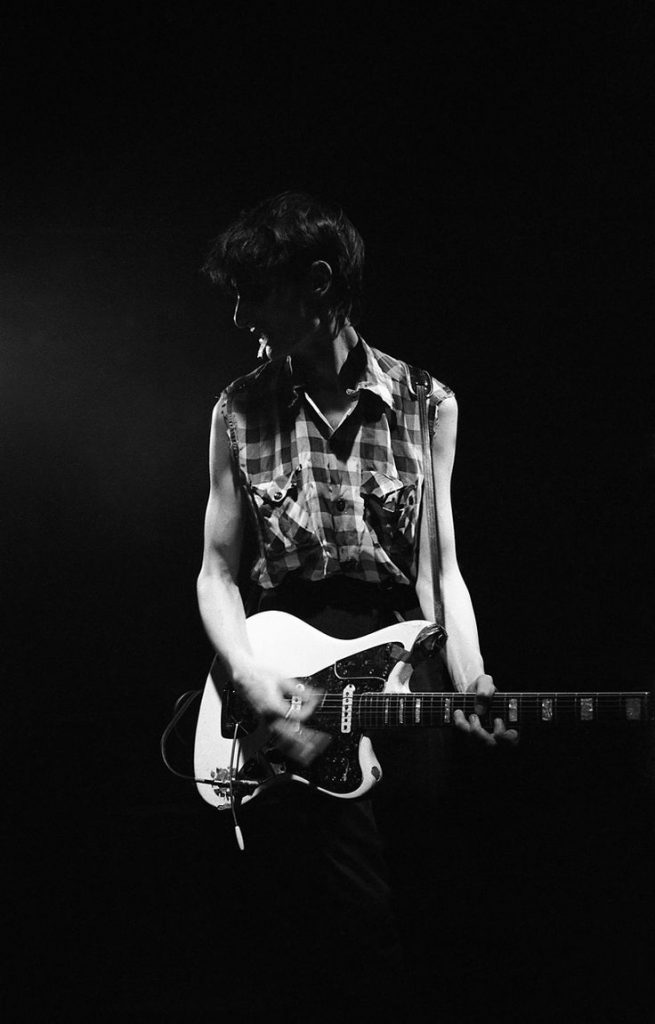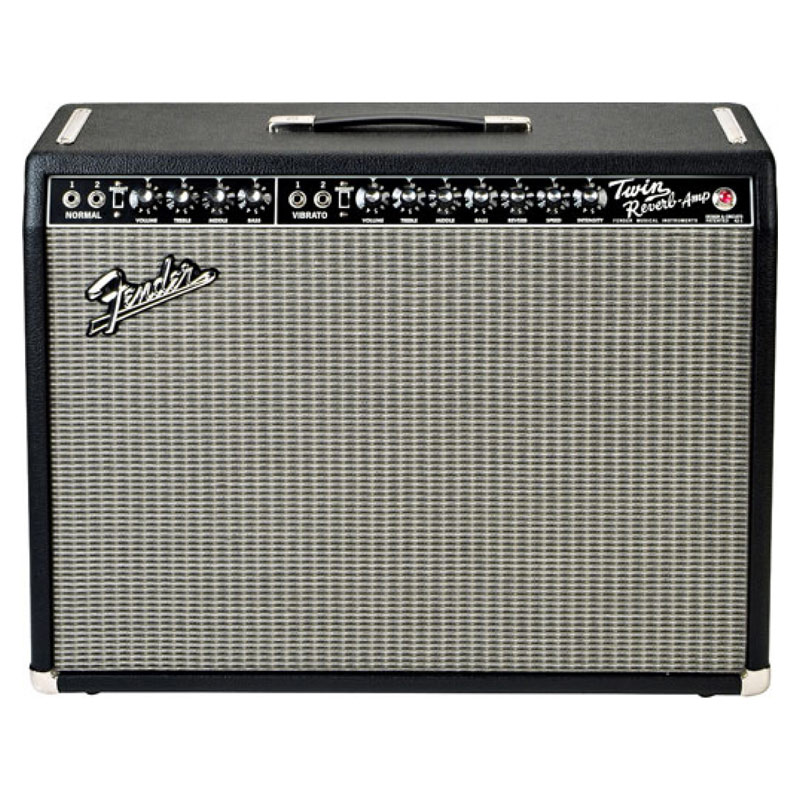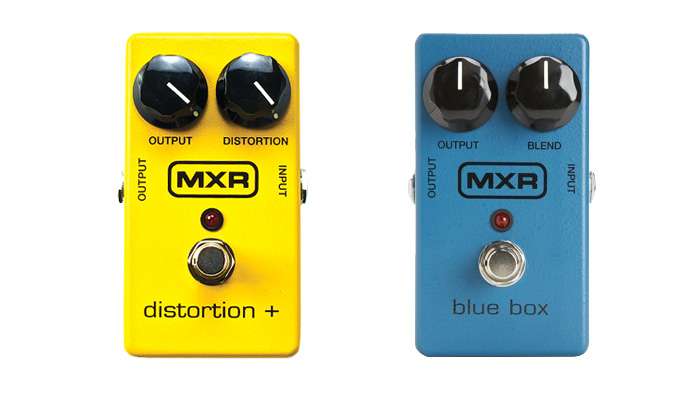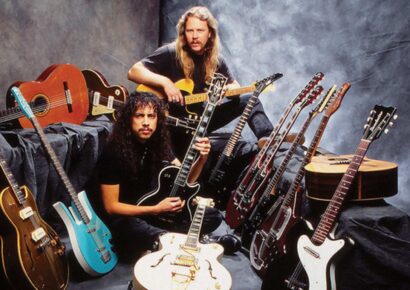Crown Prince of the crying Jag.
As a member of The Birthday Party, Crime & The City Solution, These Immortal Souls and as a solo artist, Rowland S. Howard carved out a memorable career, and had a guitar sound that was perhaps more recognisable than any other Australian music export.
Read all the latest features, columns and more here.
Rowland once said to The Age, “I think that the most important thing about music should be that it expresses some kind of humanity and it should express the personality of the person is playing it. And if you’re good enough, then people will be able to tell it’s you, not just anyone.”
This is probably more relevant in today’s crowded music scene than it has ever been, and Rowland played by that motto right up until he died in late 2009. He had a pretty simple setup, and used the same guitar from the mid-70s right through to his last shows in October 2009. That guitar was of course his Fender Jaguar.
Olympic White Fender Jaguar
Rowland acquired this guitar in 1978 from a guitar store in Melbourne, and it was one of only two guitars he ever owned. His brother Harry said that, “when he asked to see it [in the store], he was informed by the shop owner that if he expected him to get it down from the wall, then he would have to buy it. I saw it at his house the next day.”
The year of the guitar is not known definitively, with a couple of different sources claiming it as a 1963 or 1967 model. We will probably never know for sure, but we do know that it would’ve had to be an incredibly durable guitar to survive not only 40 years, but the kind of gigs that Rowland was playing with Boys Next Door/ The Birthday Party.
The guitar is pretty much standard issue, and Rowland didn’t even replace the bridge, which Jaguar owners often do with a Fender Mustang or Gibson Tune-O-Matic bridge. He felt a kind of affinity to the guitar, saying, “they’re such incredibly idiosyncratic guitars and they’re far from perfect, but for some reason it fits me… I don’t have a spare, so when things go wrong you tend to have to borrow things from support bands, with disastrous results.”
At some point in the guitar’s life, possibly in the mid-2000s Rowland added a little personal touch to the guitar by putting on a sticker of roses near the end of the guitar.

Fender Twin Reverb
It was well-known that this was Rowland’s amp of choice. Especially in the early years of his career he got a kind of scratchy, ‘treble-y’ tone out of it that very few people would’ve been able to, or even would’ve attempted with this amp.
As his sound mellowed he used the amp in different ways, and varied his sound a lot more, as can be seen on his final album Pop Crimes, between songs like ‘The Golden Age Of Bloodshed’ and ‘Ave Maria’. When recording I’m Never Gonna Die Again with These Immortal Souls he said in an interview with Guitar Magazine that he used the amp with everything on ten, and a graphic equalizer with everything on ten, which pretty much sums up Rowland S. Howard.
It wasn’t necessarily a sense of loyalty to Fender that kept him using their products though, he said in the same interview that “whenever I use anything else – a different amp or something – I just can’t get anything to happen, so I’ve given up trying, basically”.

MXR Distortion + MXR Blue Box
Rowland only really used two pedals throughout his career, so it’s worth discussing them together. He wasn’t particularly fond of affecting his sound, as he said in the 1993 interview, “I don’t like using effects, really… The more effects you use the more you lose the original signal of the guitar and I like the fact that it sounds like a guitar and it sounds really twangy. I don’t see the point of doing things that make it sound completely unlike a guitar.”
However, he did use a couple of pedals, and they were the MXR Distortion + and the MXR Blue Box, and that was his entire sound. Fender Jag into MXR Distortion + and MXR Blue Box into Fender Twin.

Much has been made over the years of Rowland’s playing style, which is mostly quite delicate (for the sounds he produced), and the lack of gear used shows that most of his signature sound did come from his playing.
On learning the guitar and technique, Rowland said, “When I learned to play guitar I just got a book of chords and learned them and just sort of thrashed about. I’m still incredibly limited, technically, with what I can do. But if you want to play things that sound good and you have those limitations, then often you have to resort to things that other people wouldn’t do.”
It’s hard to know where Australian rock n’ roll music would be without Rowland S. Howard, but it would be difficult to say that he had no impact, with countless modern Australian rockers citing him as an influence. To do all that he did with such a limited setup is really quite incredible.

